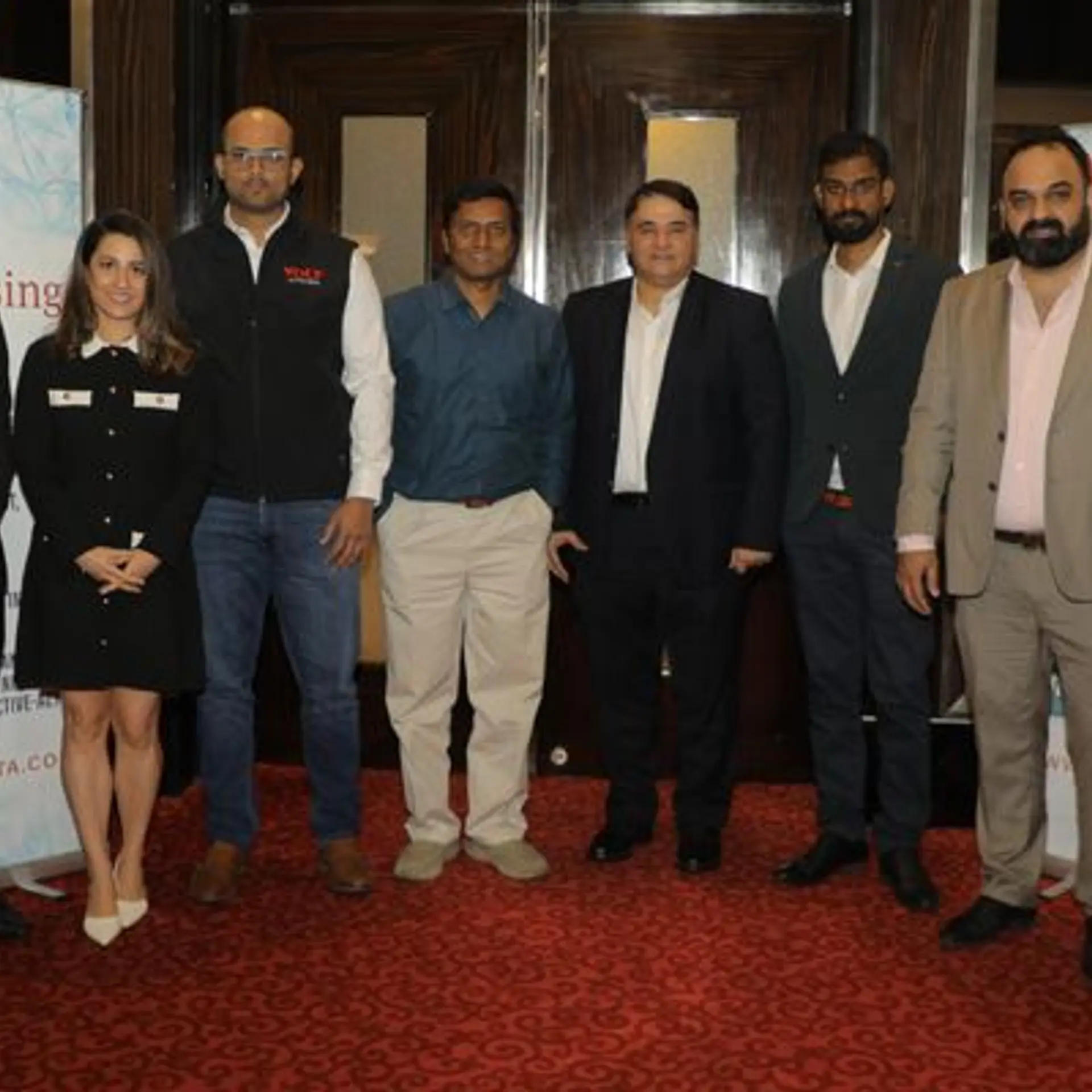Why domestic investors shy away from embracing Indian startups
The Indian startup ecosystem has largely received funding from North America and Europe, followed by Japan and China.
“My father will give Rs 50,000 to a religious institution without any query but will have hundreds of questions if I ask him some funds for my venture,” says the founder of a HR startup half-jokingly.
The above example captures the narrative of investments in the Indian startup ecosystem where domestic investors are still not a significant lot when it comes to investing in new companies compared to other countries like China, Japan, or Australia.

Japan's Softbank and US's Sequoia Capital have bet on Indian unicorn Oyo. (Image: Shutterstock)
McKinsey Global Institute, in its study – The future of Asia: Asian flows and networks are defining the next phase of globalisation, states, “Capital flows are often a leading indicator of where innovation is taking root, and these flows are changing dynamically. The startup funding in Asia has grown rapidly, and Asia’s share increased from 16 percent in 2013 to 47 percent in 2018. China and Japan tend to raise funds domestically, while less advanced economies in emerging Asia are experiencing strong capital inflows from other economies within Asia, especially from the economies of Advanced Asia and China.”
The study shows how the domestic investment ratio into startups stands at 26 percent when compared to 57 percent in China or 84 percent in Japan. In countries like Australia it stands at 49 percent, while it is 30 percent for South Korea.

The joke doing the rounds among the fund managers of Indian venture capital firms is that is it easier to sell the India story to overseas investors rather than the domestic counterparts.
While India is said to be emerging as the next startups and innovation hub in the world, thanks to an improvement in its ease of doing business and becoming one of the top-three startup-friendly ecosystems in the world, back home investors are not actively contributing to its growth story.
Overseas dependent
Till now, the Indian startup ecosystem has largely received funding from North America and Europe, followed by Japan and China.
Japan’s SoftBank is a leading investor, with significant stakes in unicorns such as Oyo and Ola. On the other hand, Chinese companies such as Alibaba and Tencent have been ploughing funds into the Indian startup ecosystem with stakes in companies such as Byju’s and Paytm, etc.
However, in India, apart from the Mahindra Group, Hero Group, or Marico Industries, most venture funds or domestic investors, which also includes the corporates, have not been significant players in the startup ecosystem.
Bhasker Majumdar, Managing Partner, Unicorn India Ventures, an early-stage technology fund, says,
“Domestic investment from Indian investors is much less when compared to China or Japan. Though one must remember that this asset class of venture capital investment in India is still very new.”

This has actually led to Indian startups either receiving interest from overseas investors or seeking their capital proactively. The McKinsey study says, “About 70 percent of venture capital funding in Asia is inter-regional.” This means the capital flow is within the Asian region and cites the example of SoftBank leading several large funding rounds for Indian unicorns.
Siddarth Pai, Founding Partner and CFO, 3one4 Capital, says, “Indian investors are used to a model of investing where profitability and growth counts which come under the domain of listed companies. They are still unsure about these new-age startups where the models are different.”
Risk appetite
On being asked whether domestic investors have the appetite to pour in large capital like the foreign counterparts, the founder of an Indian unicorn says, “It is both a cultural aspect and lack of such large pools of domestic money.”
He feels that Indian investors are not culturally aligned to make those big bets, and neither is such large investible capital available.
A domestic private equity and venture capital investor on his engagement with high net-worth individuals (HNIs) while raising a fund, says, “We tell them not to park their entire investible surplus in VC investment, but make certain provision for us.” He reasons that these HNIs typically invest in gold, land, or equities, but they should allocate certain funds towards VCs as it is a high risk, high return game.
The lack of enthusiastic participation from domestic investors into the startup ecosystem has also got to do with the regulatory environment. Bhasker provides example of the UK where there are tax breaks given to this asset class of investment. “If the government in India comes out with clearly defined schemes which encourages domestic VC investors, then this segment will accelerate.”
Siddarth says there is a significant difference in the tax rates on investments between the publicly listed entities and privately held companies. This, he feels is a major deterrent for domestic investors to invest in startups, which are all private entities.
Industry observers believe that the spectre of Angel Tax also discouraged investors from investing in startups.
Future positive
However, amidst this tepid environment of lower amount of domestic capital into Indian startups, there's some hope for the future. Bhasker says, “There are certain distinct changes we are witnessing, and the signs are positive. In our second round of fund raise, the receptivity to this asset class was much better than the first one.”
Siddarth says there is higher interest among FMCG companies in India to invest in startups to understand or collaborate on how these entities operate.
The asset class of domestic venture capital investors is also undergoing an evolution which, from a historical point of view, is much younger when compared to China, Japan, or the US, but this is certainly turning for the better.
(Edited by Megha Reddy)











